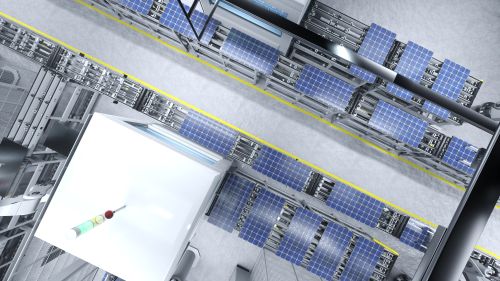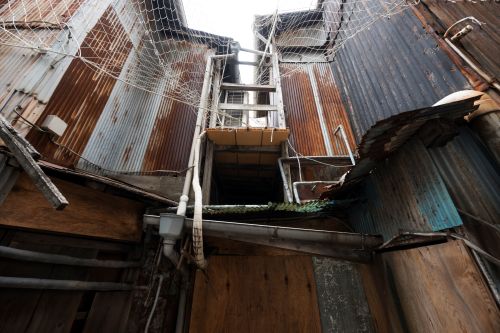149

The energy transition in the commercial construction sector is accelerating as photovoltaic solutions become increasingly integrated into building architecture. According to the European Commission (2024), starting in 2026 all new public and commercial buildings in the EU will be required to incorporate renewable energy sources. Building-Integrated Photovoltaics (BIPV) are emerging as a popular option among real estate developers.
In Romania, the Environmental Fund Administration launched in 2024 dedicated funding calls for companies installing photovoltaic panels on industrial halls, shopping centres and office buildings, offering support of up to 500,000 lei per project. A study published by IRENA shows that BIPV systems can cover up to 40% of a commercial building’s annual energy consumption, significantly reducing operational costs.
Among the main advantages of these systems are their aesthetic integration, the elimination of the need for additional land and the increase in property market value. In addition, new technologies enable the use of transparent panels that can be mounted on façades or rooftops without affecting natural light.
To fully harness the potential of these solutions, authorisation procedures must be simplified and public-private partnerships encouraged. Energy-efficient commercial buildings are not only a compliance requirement—they are a strategic investment in the future.
(Photo: Freepik)




